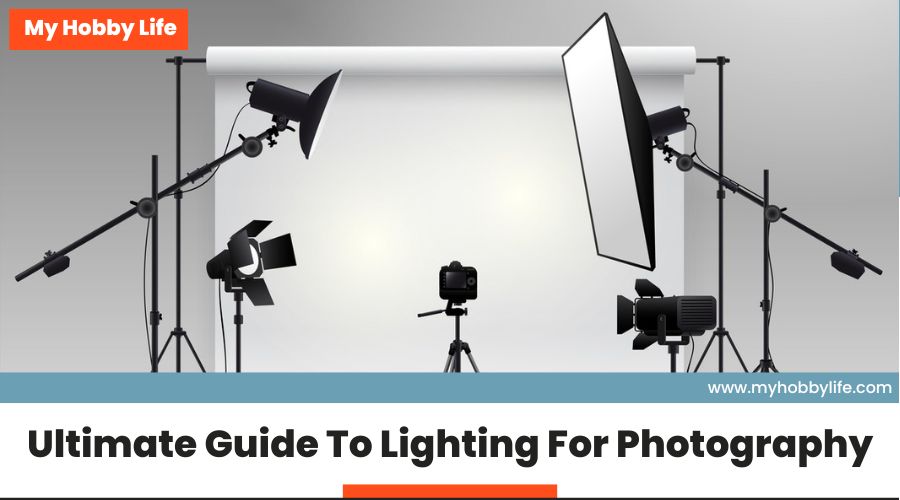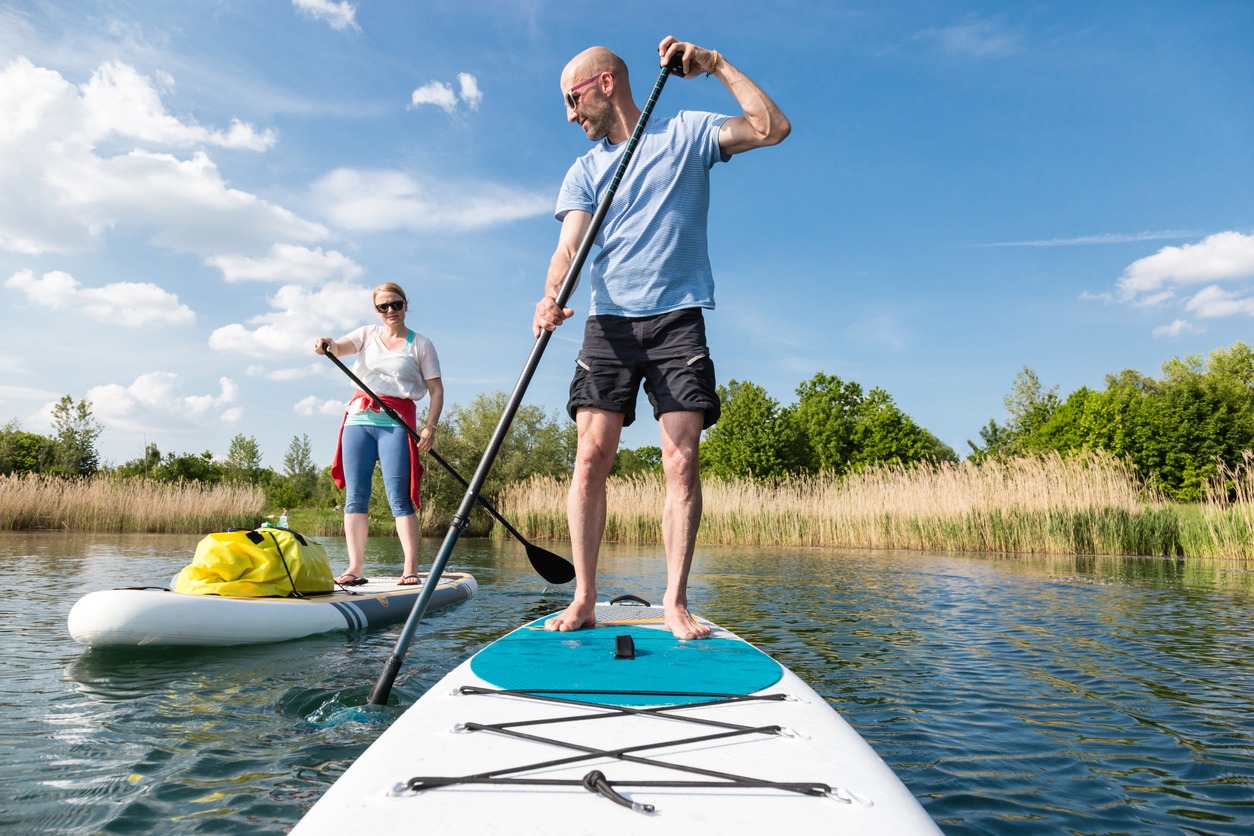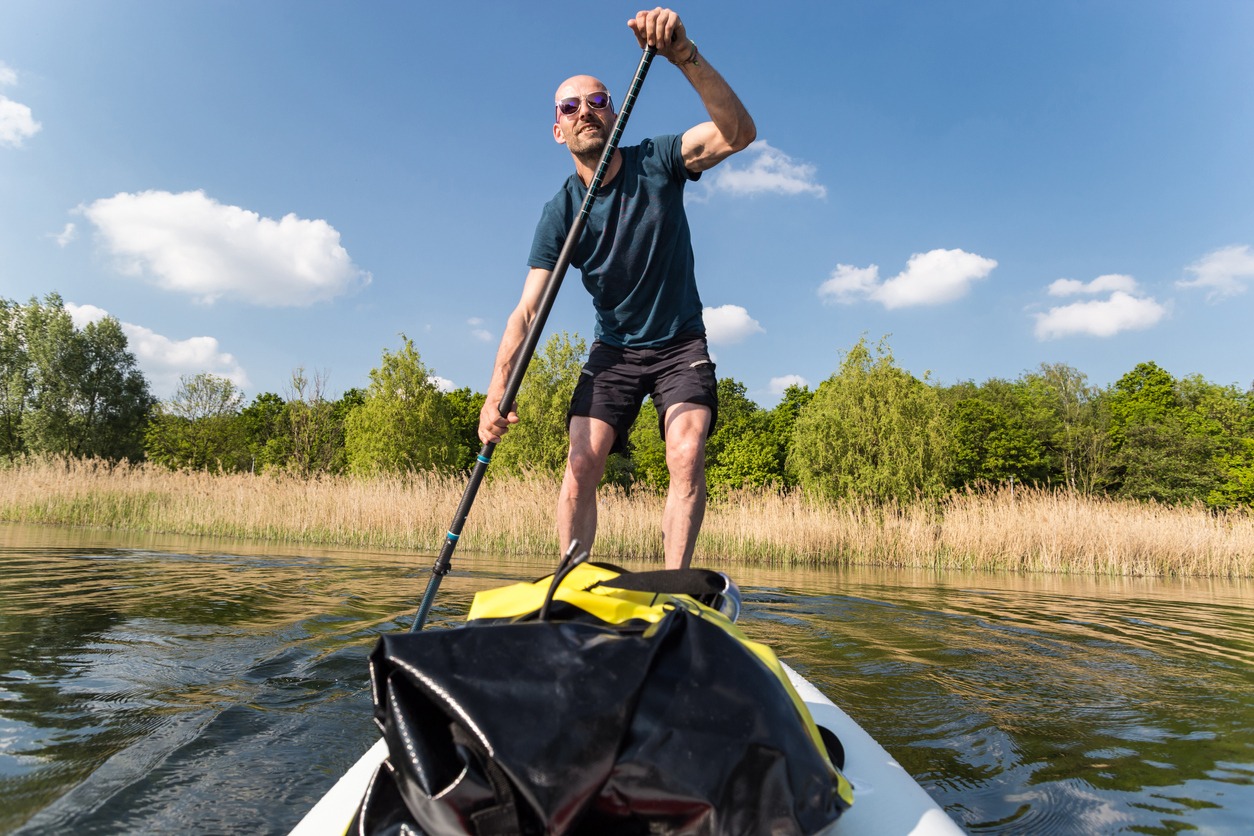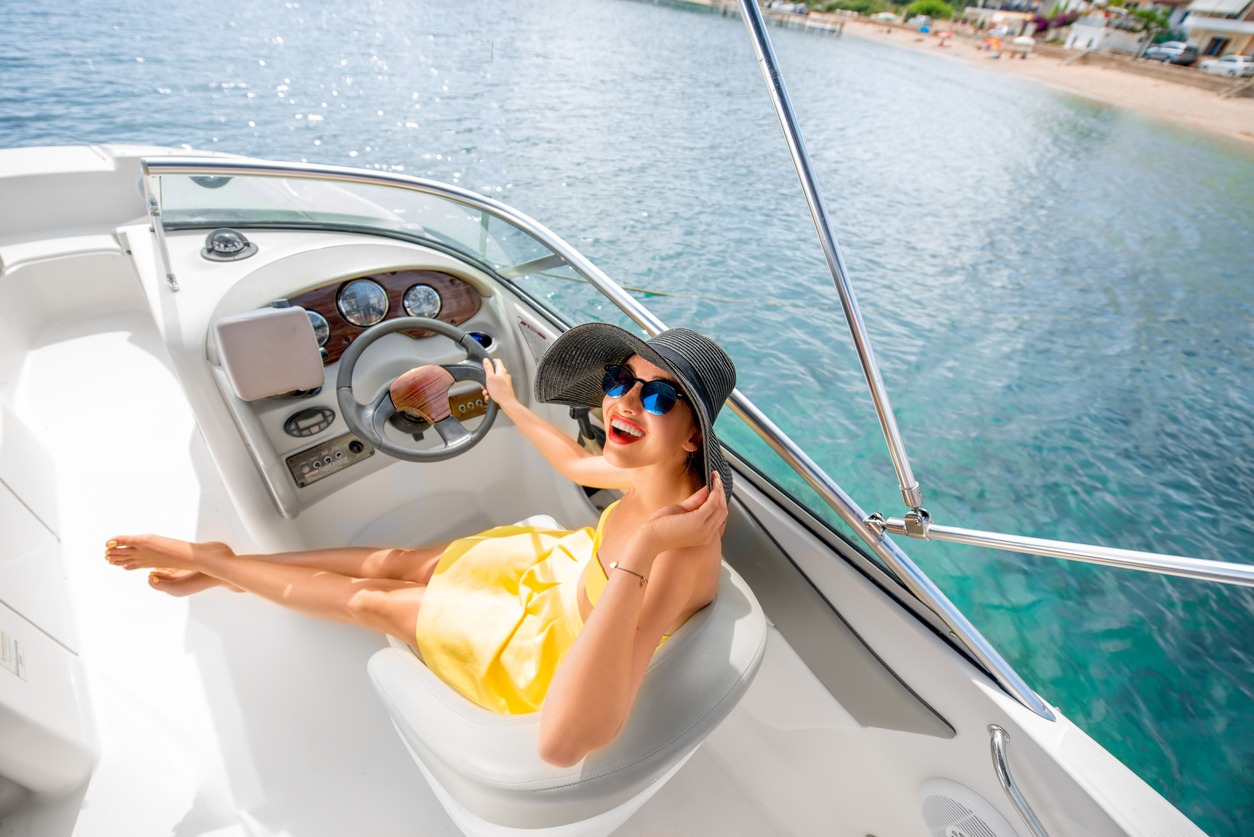Top 12 Wildlife Photography Tips
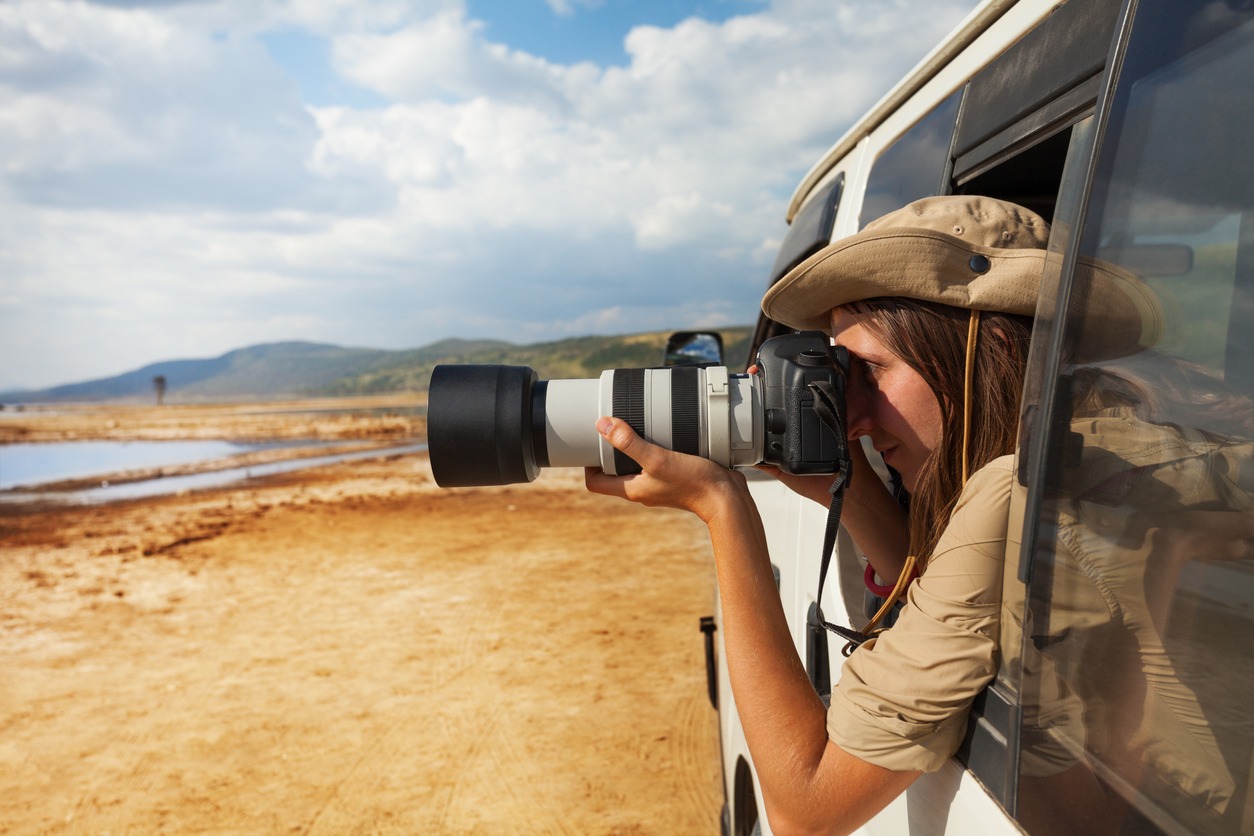
What Is Wildlife Photography?
Wildlife photography is a type of photography concerned with documenting wildlife in its natural habitat. This genre of photography is often considered the most exciting, but it takes a lot of patience, gear, and technical knowledge to execute it well.
Most wildlife photographers shoot different kinds of animals. Some prefer to shoot only a single type of animal, but others prefer to catch a large variety. The most commonly photographed animals include birds, mammals, reptiles, and amphibians.
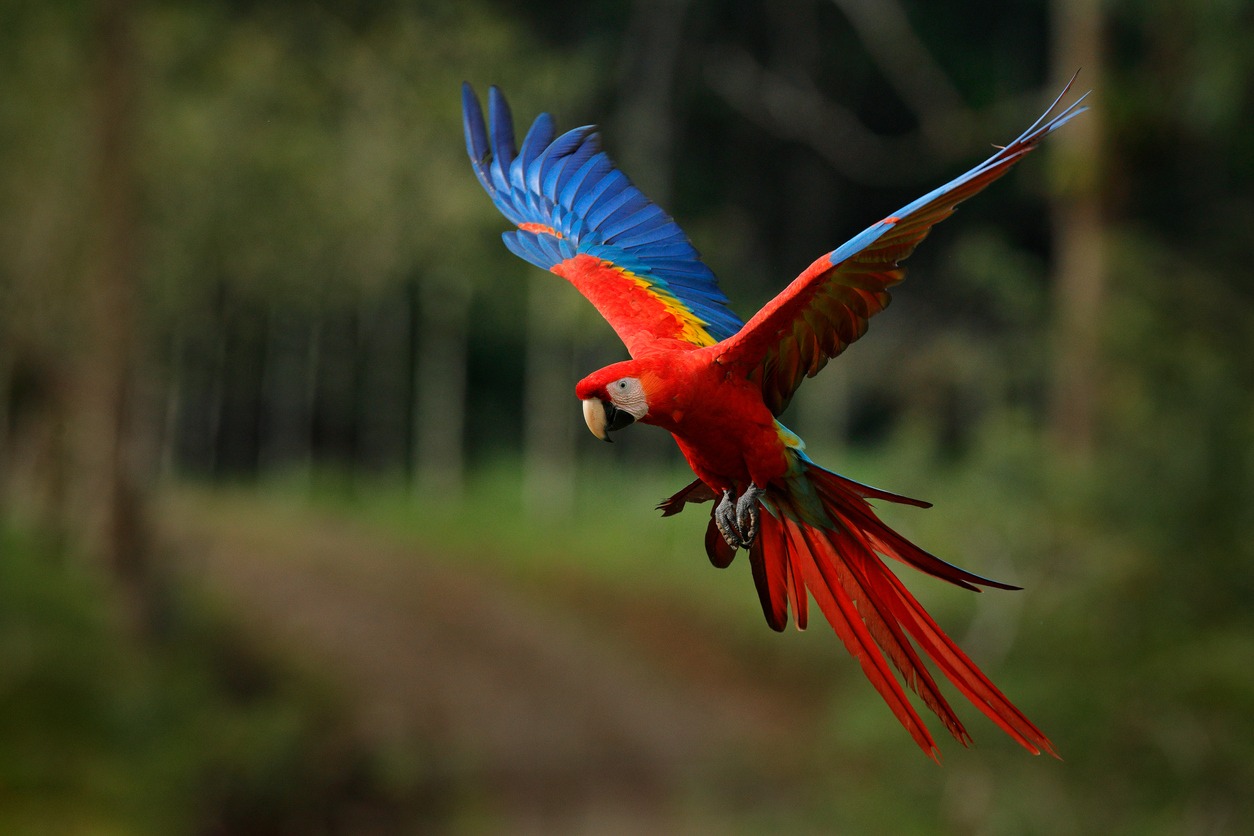
Some photographers also focus on smaller animals or insects and usually indulge in macro photography. This can be considered another subgenre where a specialized macro lens is needed to take pictures of small objects and subjects such as insects.
Wildlife photography is an arduous task and requires practice and patience to get a single decent shot. Therefore, it is difficult to master, but you can learn quickly with proper guidance.
How To Take Excellent Wildlife Photographs?
Taking wildlife photos is an excellent way to experience and appreciate nature. Still, for beginners, it can be a difficult skill to master. However, once you have mastered the basics, it is all about experimenting. Here are a few essential tips you can use to take better shots.
Choose the Right Camera
For wildlife photography, you need a suitable camera capable of taking sharp photos. The kind of camera and its size depends on personal preference but ensure that it has a high ISO performance.
The ISO setting of a camera determines how bright or dark your picture will be. With an increase in the ISO number, you can take images in darker environments. This setting allows you to be more flexible with your shutter speed settings and aperture.
However, when taking pictures, your ISO should not be too high as the image will have a lot of grain and be noisy and unusable. In wildlife photography, having a camera with a high ISO performance means that you can brighten the picture if the environment is relatively dark. This helps improve the image significantly.
Therefore, the best cameras for wildlife photography are mirrorless cameras and SLRs. These cameras also allow you to change the lenses manually according to your requirements.
Choose the Right Lens
Having the right lens is crucial when stepping into wildlife to take quality photos. Most professionals suggest purchasing a telephoto lens because it allows you to take highly detailed close-ups. Telephoto lenses are usually those that have a 200mm+ focal length. Thus, a lens with a 300mm focal length is an excellent place to start. If you intend on taking photographs from a distance, you will need a 500mm lens.
If you are willing to spend extra on your lens, choose one with optical stabilization or OS. This feature stabilizes the picture and removes the blurriness that may occur due to shaky hands. It is handy when you have to take magnified shots.
Taking Close-Up Pictures
The most remarkable feature of wildlife photography is the detail in the pictures. The more detail an image has, the more impressive and professional it looks. To capture these details, you should get as close to the animal as possible.
Sometimes, due to safety reasons, you may not be able to get as close to the animal. In such cases, you should own a telephoto lens. These lenses have 200mm+ focal lengths and allow you to get a close-up shot of the animal, bird, or insect.
Additionally, setting the aperture at F8 and focusing on the animal’s eye is an excellent way to guarantee a focused, sharp and detailed image.
Know the Animal You Are Shooting
One of the biggest challenges for wildlife photographers is animals not remaining still. The more fidgety an animal is, the harder it becomes to get a stable shot. The best way to overcome this challenge is to study the animal and its behavior before venturing into the wild.
It is helpful to know where the animal is commonly found, when it is most active and when you can find them in a particular area. The internet and field guides for the region are excellent guides for such information. Once you have knowledge of the animal, you can decide the best time to photograph them and if you need extra equipment or safety items.
Be Ready for Anything
When you are out in the wilderness, you never know when something might happen, which is why being alert and prepared is essential. Dealing with animal subjects is much trickier than with humans because you cannot give them commands.
Thus, when an animal suddenly appears, you rarely have time to adjust your camera and fiddle with the settings. Due to the spontaneity of animals, it is suggested that you have your device and settings set beforehand.
Adjust Shutter Speeds When Needed
Having a camera with a fast shutter speed is extremely useful in wildlife photography. Fast shutter speeds allow you to freeze the motion of animals in action. Ideally, your camera's shutter speed should be 1-250, 1/500, or even faster.
The shutter speed you will need depends on the kind of animal you are shooting. If they have a high level of activity, then you will need a camera with a high shutter speed. If you intend on taking a picture of an animal running, you will need the shutter speed to be around 1/200th of a second. For flying birds, a shutter speed of 1/1250 is suitable.
Thus, your camera should offer the ability to adjust shutter speeds when needed. You should also be aware of the relationship between the shutter speed and the size of the lens attached to your camera. The best way to ensure a sharp image at the lowest shutter speed is to reciprocal the shutter speed.
For example, if you have a 250 mm lens, you will get a sharp image if you shoot with a shutter speed of 1/250 or faster.
Be Patient
When working with wildlife, it is imperative that you stay patient. You never know when an animal will be in the perfect pose for a picture, so it is best to always be prepared. Wildlife photography includes a lot of waiting, which may discourage those new to the field but getting a good shot often takes a lot of time.
Take Shots from Various Perspectives
Wildlife photography is all about unique shots, so don’t be afraid to take some risks and shoot from new angles and perspectives. Centering all of your photos should not be your goal, or your pictures may end up looking boring.
Try to catch the animal at eye level or from below. Doing so adds a dramatic flair to your shots, and they look much more dynamic. Some of the best pictures catch animals from angles you have never seen before.
Use a Sturdy Tripod or Monopod
Large lenses are often heavy and put considerable strain on your wrist, which may lead to your hand shaking and the shot becoming blurry. You may need to take a tripod or monopod with you to avoid this. These pieces of equipment help stabilize the camera and the lens.
Many wildlife photographers prefer monopods over tripods because they are more compact and lighter compared to tripods. However, tripods are much more efficient in keeping your camera stable. If you cannot afford to carry one with you, another way is to rest the camera and lens on something, such as a rock. You can also use your backpack to stabilize it.
Tripod | Monopod |
They are much more stable. | They are smaller and lighter, making them a lot more portable. |
They allow you to use long shutter speeds for long-exposure photography. | They have a single leg and take up less space and time to set up. |
They are bulky. | They do not offer a lot of stability. |
Use Autofocus
Autofocus is an excellent feature that allows you to focus on a moving object. Manual focus is challenging when your subject is on the go, and you may miss a potential shot. Cameras usually have a few different focus settings you can switch between when taking a picture.
A single focus point uses a single point to focus, making it an excellent option for when you want to take pictures of animals. It ensures that the animal is the main focus of the image.
This focus point can be set anywhere on the frame. So, If you want to compose an image when an object is off-center, a single focus point can focus on it and ensure that the subject is sharp and visible.
A continuous focus mode is useful when taking a picture of a moving object. Most cameras also offer the option to use both simultaneously, allowing you to take sharp images of moving animals.
Autofocus | Manual Focus |
Has difficulty focusing when there is no contrast. | Allows you to focus on subjects when in low-contrast situations. The resulting pictures are crispy and clear. |
Does not perform well in low light. | It can focus in low light because you manually tell it where to focus. |
They are much quicker and are able to focus better when the subject is moving. | It is not suited for capturing objects and subjects in motion since the focus keeps changing its location. |
It gets confused when there are too many objects and may focus on the wrong subject or object. | As you choose the object or subject to focus on, it does not struggle while taking crowded shots. |
Compose a Good Shot
To compose good photos using the rule of thirds, removing distractions, and zooming in or out are three ways that you can compose good wildlife photos.
The rule of thirds instructs you to break up your image into thirds. This has to be done horizontally and vertically using grids and placing the subject on an intersection of any two lines. This method helps make the picture more balanced and visually attractive.
It would be best if you also aimed to eliminate distractions. The more elements there are in your photo, the more cluttered it will look. Extra elements also make it difficult to determine the subject of the image.
Zooming in and out of shots can also help create exciting photos. You can pair a close-up with a zoomed-out image when displaying your work to show off variety in your pictures.
Keep Shooting
Animals are unpredictable, so you should always be ready to take a picture. Many cameras have a continuous shooting mode or a burst mode. This setting is designed to take several photos in quick succession. All you have to do is press the shutter and hold it down.
Using this method, you can take multiple pictures and have one or two perfect shots. If you intend on doing this, ensure that you have plenty of space on your memory card.
The Equipment You Will Need
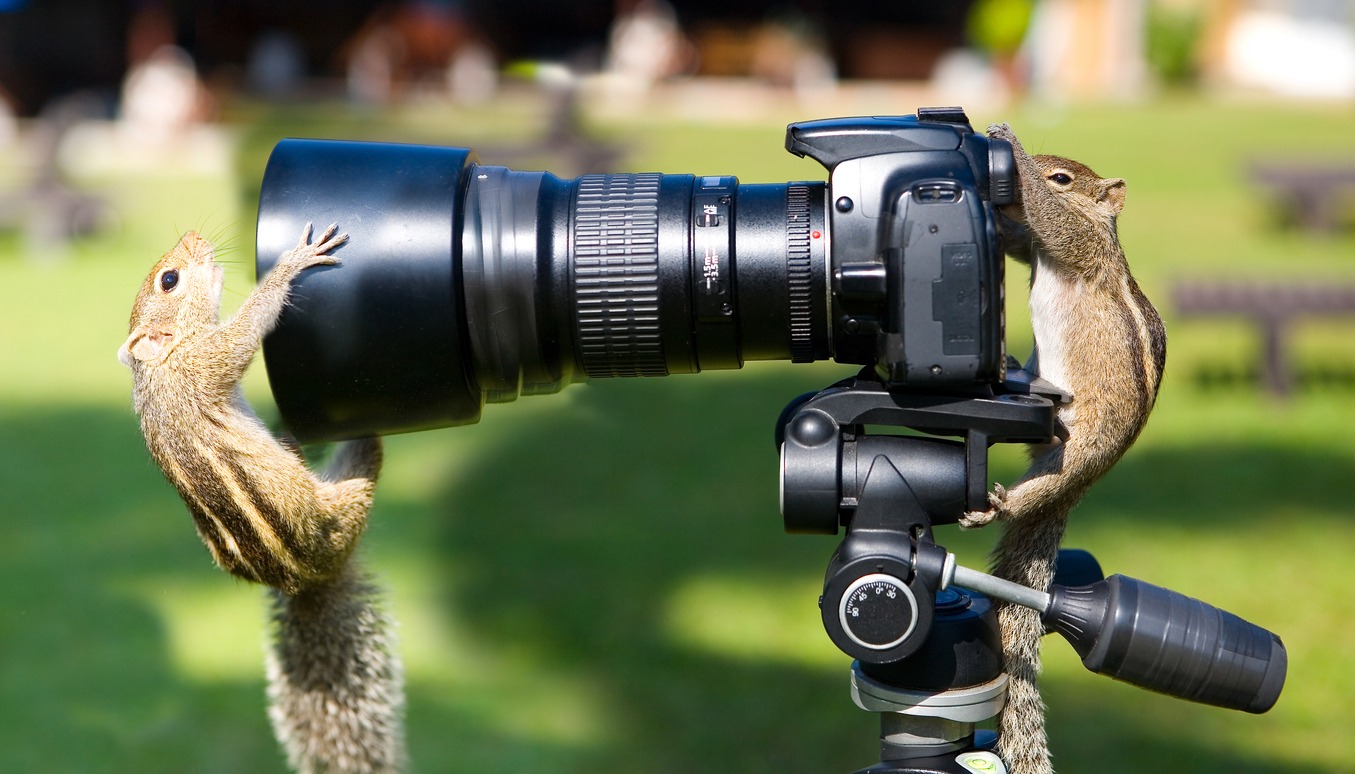
When you set out to take wildlife photos, you should always be prepared and have your equipment ready to go.
Camera
A camera is a must-have when you venture out into the wilderness on a photography adventure. Although phone cameras have advanced exceptionally, a professional camera is necessary to get images with magazine-like sharpness.
Additionally, ensure that your camera has a high ISO rating, multiple autofocus modes, and the ability to adjust shutter speeds.
Lens
Good quality and suitable lenses are also necessary equipment for wildlife photography. You will need a relatively long lens to take high-quality photos. Telephoto lenses are ideal because they have a focal length greater than 200+mm. Most professionals suggest that your lens should at least have a 400mm focal length.
You can also keep a teleconverter with you if you cannot purchase lenses with considerable focal lengths. This piece of equipment is a cost-effective way of increasing your reach. They work like magnifying glasses to increase your lens’ focal length and are installed between the camera body and the lens.
A Tripod
A tripod or monopod is excellent for stabilizing your shots. Stabilizing the shot is crucial if you intend to take photographs using long lenses. However, choose a small tripod or a foldable one that can be neatly tucked away in your bag.
A Good Backpack or Camera Bag
When traveling with expensive equipment, you must have a bag that can protect it efficiently. Camera bags are designed with dedicated spaces where you can store your cameras, lenses, and other equipment.
They come in a variety of different sizes. Assess the equipment you intend on taking before you purchase a camera bag so that you do not end up with one larger than you need.
It is best to keep your carry-on items as small as possible, as you will most likely be trying to hide from the animals you will be taking pictures of.
Your bag should also be durable and able to withstand various conditions. Ensure that it is not flimsy and has strong seams that will not tear easily.
A Rain Cover
There is always a possibility that you may get caught in the rain when you are out taking pictures. Such situations may create opportunities to take unique shots, but the rain may also destroy your equipment. Therefore, you must have a rain cover that protects your gear from water damage.
Memory Cards and Batteries
When taking multiple pictures and videos, you may run out of storage halfway. Always have extra memory cards on hand to ensure that such a situation does not arise. Furthermore, you should always charge your cameras fully beforehand and have extra batteries on hand.
Good Clothing
Having appropriate clothing is imperative when you are out in the wilderness. Your aim when dressing should be to blend in with your surroundings. Aim to wear neutral and warm-toned pieces, keeping the area you are visiting in mind.
Your clothes should also be warm and waterproof to ensure you do not get sick if caught in a rainstorm.
FAQs
1. Do you need binoculars for wildlife photography?
Binoculars are not necessary for wildlife photography, but they are helpful in finding animals to take pictures of. They allow you to see far off into the distance and detect animals you might have missed.
2. How to take the best wildlife shots?
To take the best wildlife shots, use side lighting. This is when the sun is low in the sky, and the animal is against a background with minimal distractions. Use the widest aperture you have, as it will isolate your subject and blur the background.
3. What shutter speed is ideal for wildlife photography?
The shutter speed you choose for your picture depends on the intensity of movement in your shot. Ideally, when you are shooting a scene with a lot of motion, use a high shutter speed of around 1/1200 of a second.
4. What is the best ISO for wildlife photography?
The best ISO is 800, as it will enable good exposure and a fast shutter speed to capture your subject in motion. A lower ISO is perfect in bright sun; in low light conditions, you should adjust the ISO to be high.
Conclusion
Wildlife photography takes a lot of practice and patience, and it could take some time to get a shot that you are proud of. The best way to learn to take better pictures is through the experience of professionals. They often provide excellent tips on how to not make the mistakes they did when starting out.
Additionally, it would be best if you were always prepared when venturing into the wilderness. Ensure that all of your equipment is safe and that you are appropriately dressed.
